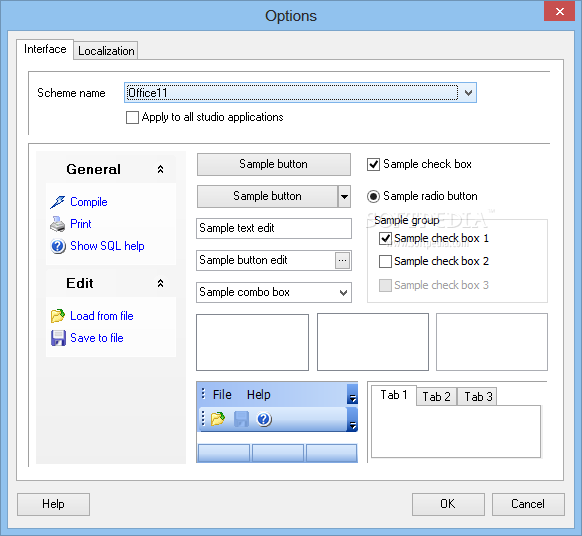

- #MICROSOFT SQL STUDIO MANAGEMENT HOW TO#
- #MICROSOFT SQL STUDIO MANAGEMENT INSTALL#
- #MICROSOFT SQL STUDIO MANAGEMENT WINDOWS#
I prefer to download the full pack as if you download only SQL Server 2008 R2 Express with Tools ( SQLEXPRWT_圆4_ENU.exe ), if you want to install the Reporting Services, you will have to download the SQLEXPRADV_圆4_ENU.exeĭon't forget to save the download on your computer before the install ( with this behavior, you could use this download to install a second SQL Server instance, so you avoid not only a 2nd download, but the setup program will use the same files extractedĭuring the 1st install => less time for the install and less space lost on your drives ) If you want the 32-bit version of SQL Server 2008 R2, choose : SQLEXPRADV_x86_ENU.exe You have to download SQLEXPRADV_圆4_ENU.exe , advantage : you have the full edition including the database engine, SQL Server Management Studio ( shortcut : SSMS ) and the Reporting Services
#MICROSOFT SQL STUDIO MANAGEMENT WINDOWS#
I suppose that you have a Windows 2008 Server 64-bit We also covered the process to export data directly to an Excel file from the Results grid with just a few clicks using the ApexSQL feature.I would suggest you to have a look at this link : We learned how we can save results with headers in SSMS in this short article. This action will launch Excel, and the exported data will look like this:Īs can be seen, the column headers are included and formatted nicely. To export data to an Excel file, simply select desired data from the result grid, and from the context menu click the Export to Excel option: Once installed, the add-in will add an extra option to the right-click context menu within the results grid called “Export to Excel” like shown below in the figure. This feature is designed to easily export data from the results grid directly to Excel. Not bad, right? There are more ways to save SSMS results with headers data like the SQL Server Import and Export Wizard but this includes many steps that are just time-consuming and I don’t even want to go through all of them because there is a much quicker solution.ĪpexSQL Complete add-in for SSMS and Visual Studio has a neat feature called Export to Excel. Now we just need to run Excel, open a blank workbook, if needed the cell start position can be changed, but let’s just leave it at A1 and use Ctrl + V from the keyboard to paste the data in Excel. This action will select all grid cells and now we can right-click anywhere within the results grid, use the right-click and from the context menu click either ”Copy” or “Copy with Headers” option to place the data into the clipboard: Now, if we execute another query, a simpler solution is to just select the whole results grid by clicking the area marked on the screenshot below: If you use the ‘Save Results As…’ option now in the Results tab and open the saved excel file, you will be able to see all column headers as well

Navigate to Query Results > SQL Server > Results to Grid, then check “Include column headers when copying or saving the results” option:Ĭlick OK to save changes, close and restart SSMS to apply changes However, this can be easily fixed by telling SSMS to include column names by default when copying or saving the results. On top of that, you are missing column headers. Opening this newly created CSV file will look nothing like how it does in SSMS even if you play with the import settings a lot. One way that I’ve seen most people use to save results to the grid in SSMS is to choose “Save Results As…” option and then save to CSV file which can be opened in Excel:
#MICROSOFT SQL STUDIO MANAGEMENT HOW TO#
Believe it or not, this is an easy task yet there are so many folks that don’t know how to do it properly. You wish to save the results of a query to an Excel file and in doing so you also want to capture column headers. Many people want to find out how to use ‘SSMS save results with headers’ functions to save the results of a query to an Excel file.


 0 kommentar(er)
0 kommentar(er)
